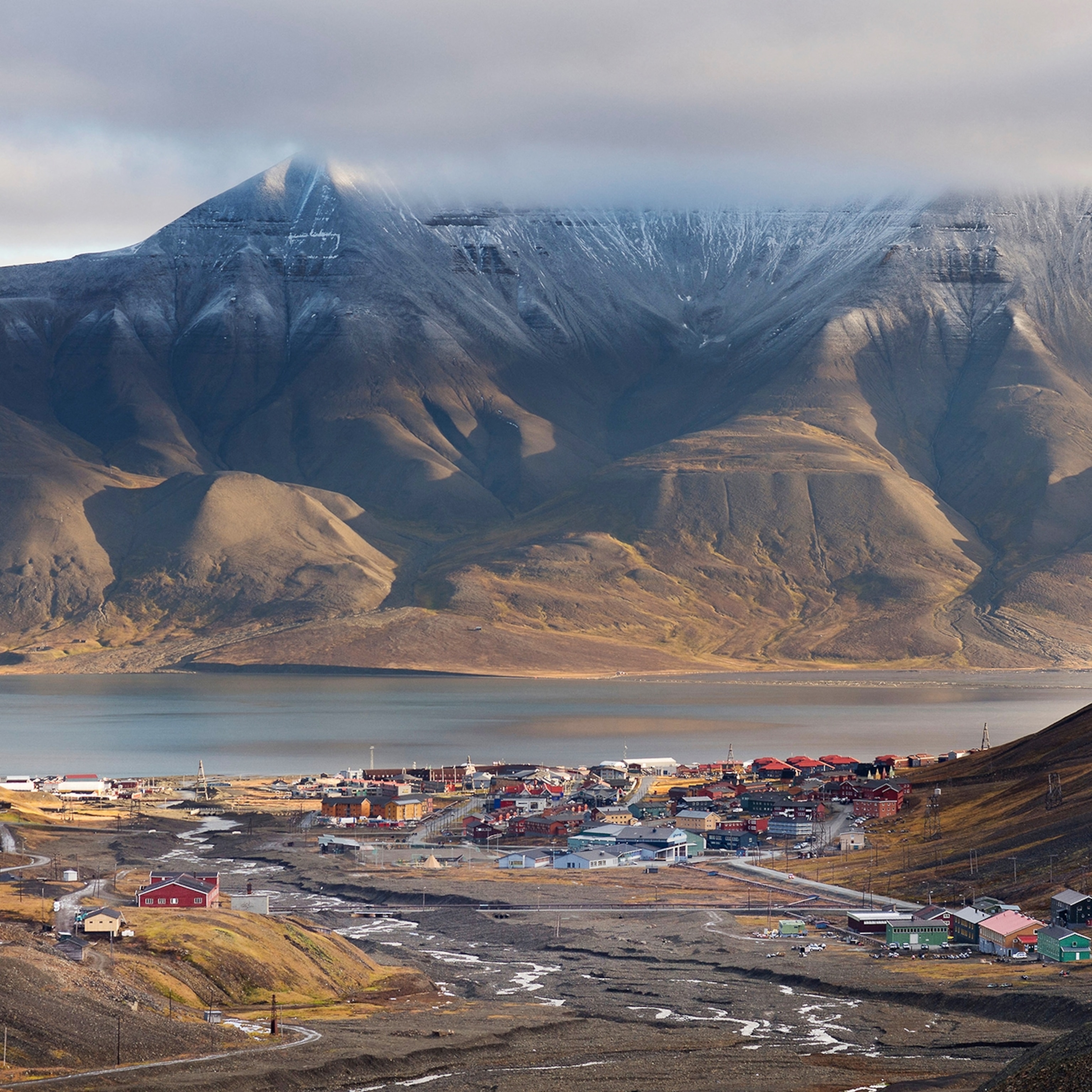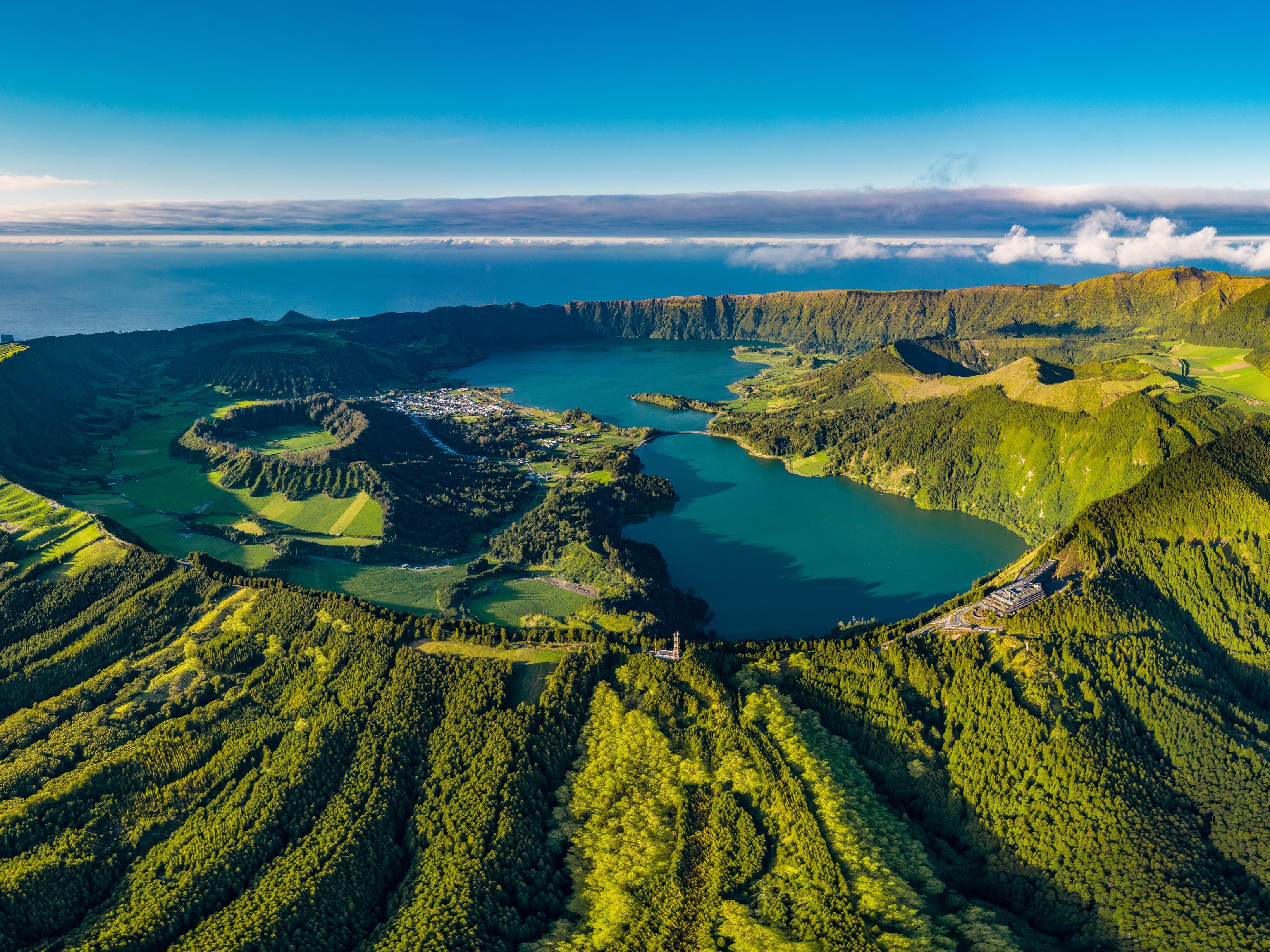
Pernicious Parasite Strikes Explorers of ‘Lost City’
Expedition to Honduran rain forest returns with a startling discovery—and a stubborn strain of a tropical disease.
Members of a successful recent expedition to find a lost city in the Honduran rain forest have returned to the United States with an unwelcome souvenir: infections from the tropical disease leishmaniasis. The illness was transmitted by sand flies that swarmed the explorers in stinging clouds.
About half the people on the expedition, described in the October issue of National Geographic, have been diagnosed with the illness, which is caused by parasites that break down the skin and can cause weeping, potentially disfiguring sores.
Five were so ill that they were sent for treatment at the Clinical Center of the National Institutes of Health, one of the few U.S. medical institutions that research the disease and regularly treat patients.
The team members have returned to their homes, and most of them have recovered—but the episode has been an unexpected reminder of the dangers that can dog even the best-prepared fieldwork.
“I’m not Indiana Jones,” Chris Fisher, an archaeologist at Colorado State University and a National Geographic grantee, said ruefully. “I’m not an adventurer; I’m a scientist. I’m very, very careful in the field. So this was an unexpected thing.”
Leishmaniasis is barely known in North America but very common in Central and South America and the Middle East. The Centers for Disease Control and Prevention estimates there may be more than one million cases a year, caused by different subspecies of the parasite.
Depending on the subspecies, the infection might cause just a stubborn sore and scarring, or it can have much more serious consequences, including disruption of blood cells and internal organs that can be fatal. Years down the road, some infections can cause disfiguring lesions of mucous membranes that can eat away at the nose and mouth.
“It’s a disease that tends to occur in conditions of extreme poverty, where there are breakdowns in garbage collection and the sand flies that carry it proliferate, and where people live in poor-quality dwellings,” says Peter Hotez, dean of the National School of Tropical Medicine at Baylor College of Medicine, where researchers are working on a vaccine. “It has not been a priority for drug development. It’s what we call a neglected disease.”
Jungle Dangers
Fisher is an expert in the imagery produced by lidar, a technology that deploys laser pulses to look through vegetation to the concealed ground beneath. He used it a few years ago to reveal that a pre-Columbian site in central Mexico was far larger than explorers on the ground had detected.
Steve Elkins and Bill Benenson, two documentary filmmakers obsessed by old accounts that Honduras’s remote Mosquitia region concealed a lost “white city,” recruited him to interpret images taken above the forest canopy.
When the remote imaging revealed structures that might add up to two cities, a team of more than 40 people—including geologists, anthropologists, ethnobotanists, and a camera crew, all guarded by Honduran military—struck out into the jungle.
“Forty-five-degree slopes, and roaring torrents in the ravines,” said Douglas Preston, a best-selling author who recounted the trip for National Geographic magazine along with photographer Dave Yoder. “Some of the densest jungle in the world. In a ten-hour day, you might be lucky to go three miles.”
It was drenching wet under the layers of foliage, and chilly. And buggy: The constant rain washed away the strongest insect repellents, and the explorers were tormented by chiggers and dive-bombed by mosquitoes.
Even given the revelatory finds—evidence of walls, buildings, and plazas, and a cache of sculpted objects—the group was relieved to emerge from the jungle and head home.

Then Preston spiked a fever. He worried it might be malaria, but a blood test cleared him. Then he developed another fever, and something that looked like a bug bite and seemed to be getting worse. In his local emergency room in Santa Fe, New Mexico, a doctor dismissed them as unrelated.
Meanwhile, at home in Colorado, Fisher was experiencing “chills, fever, really intense fatigue”—and a burgeoning sore, buried in a crease on the bottom of his foot, that he attributed to the dry mountain air.
If this is the worst that’s going to happen to me, I think I’m probably lucky. No great discoveries are made without some risk.Doug Preston
Then Dave Yoder got in touch: He too had a lesion that was not healing. He had contacted several others, and they had the same thing. After some exploring on the Web, he thought he had identified the cause. Yoder wangled an introduction to Theodore Nash, who is a principal investigator in NIH’s Laboratory of Parasitic Diseases. Nash confirmed that Yoder had leishmaniasis.
Five members of the expedition agreed to go to NIH to be treated by Nash. “The therapies are usually toxic and not very friendly,” he admitted—and the explorers found that was true. Several can damage the kidneys and require a long course of treatment. Yoder, Fisher, and Preston were able to start with a slightly safer compound. Called liposomal amphotericin, it packages the active ingredient within tiny droplets of fat that are infused into the body intravenously, for hours a day, over a week.
All three men had a rough time. Yoder had an instantaneous reaction—“intense back pain, shortness of breath”—and within seconds had to be taken off the infusion and pumped up with antihistamines to counter its effect. After another attempt, he developed acute kidney damage, and his treatment with the drug was abandoned.
The others fared better—but not by much. “I felt like I had a terrible hangover: headaches, nausea, your whole body aches; you have no ambition to do anything,” Preston said. “After six days, my renal function had gone down so much that they said, ‘This is not safe,’ and I had to wait a week to finish.” Fisher also experienced “intense pain” on his first infusion, and on his way home to Colorado, he broke out in a blistering, measles-like rash that took weeks to heal.
They still may not be well. Both Fisher and Preston are waiting to see whether they will need to be treated again, this time with a newly approved pill called miltefosine. It too has side effects—serious vomiting and diarrhea, and liver and kidney toxicity—and, Nash said, is difficult to obtain.
No one regrets it, though. “I’d go back,” Fisher said. “In fact I am going back, once the next trip is organized.”
“It’s instant jungle cred,” said Yoder. “That’s the upside.”
Preston, who is writing a book about the expedition, added: “I look at it this way. I’m a journalist. I’ve done a lot of dangerous things. If this is the worst that’s going to happen to me, I think I’m probably lucky. No great discoveries are made without some risk.”
Follow Maryn McKenna on Twitter.







